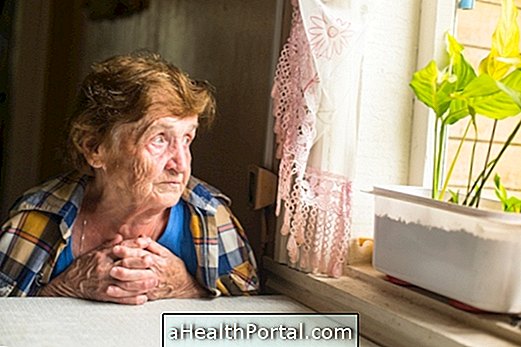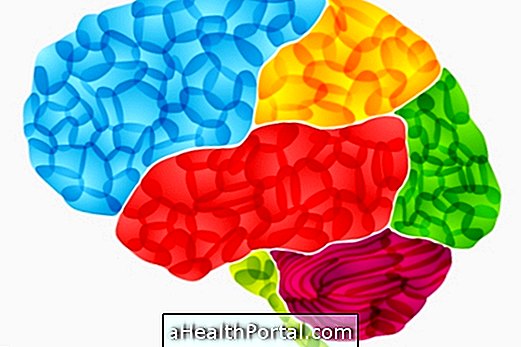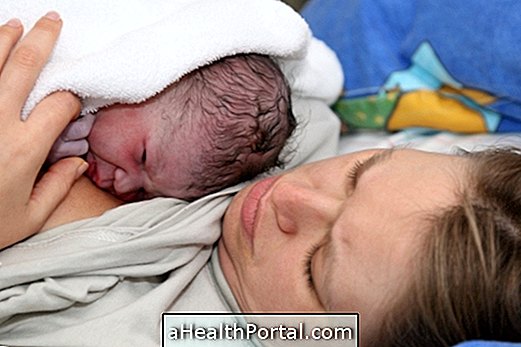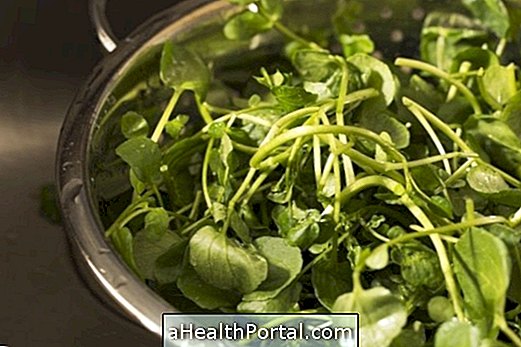Headache is very common, but it can be relieved without medication by simple measures such as putting cold compresses on the forehead, especially if the cause of the headache is stress, poor nutrition, fatigue or anxiety, for example.
Usually, with these measures, the headache passes quickly but if the pain is caused by a fever, flu or other situation it is important to consult a doctor to identify the cause of the pain and initiate the appropriate treatment.

The 5 steps to relieve headache at home without remedies include:
1. Take a warm bath
Hot water helps to dilate the blood vessels and relax the body, bringing a momentary relief of the headache. Washing your hair and letting the shower water fall directly over your head helps relieve the pain in a few minutes, bringing a sense of comfort and well-being. Try to lie or lie in a quiet place, with little noise and in the middle of the night, where you can have a few minutes of rest.
2. Drink coffee
A cup of strong coffee without sugar also helps to naturally combat the headache, being useful even in case of a hangover.
3. Head massage
With your fingertips massage the forehead, the nape and the side of the head. This will mobilize the bloodstream, decreasing pain and relaxing. Here's how to do this massage in the following video:

4. Cold compress on the forehead
Put a cold compress on the forehead, the temples and the nape of the neck: the cold water compress promotes contraction of the blood vessels in the head, decreasing blood volume and relieving headaches.
5. Drink tea
If the headache does not go through the previous steps, drink 1 cup of ginger tea because it has analgesic and anti-inflammatory properties, which help relieve headache. Just put 2 cm of ginger root in a cup of water, boil for 5 minutes, strain, cool and drink.
See other teas listed under: Home remedy for headache.
When to go to the doctor
It is recommended to see your doctor if:
- The headache does not improve in 3 days with these tips;
- The headache gets worse, even with these tips;
- You have a fever or other symptoms such as runny nose, sore throat, general malaise, nausea or vomiting, for example.
In these cases, the doctor asks for tests to try to identify the cause of the headache and guide the appropriate treatment, which can be done with analgesic remedies, anti-inflammatories or antibiotics if necessary.
To know the foods that improve or make the headache worse, watch:

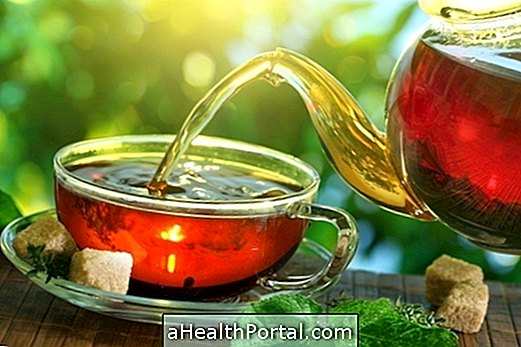
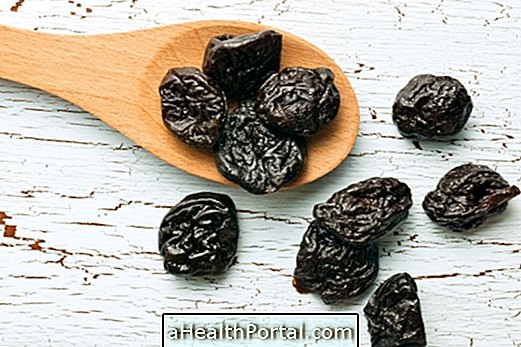


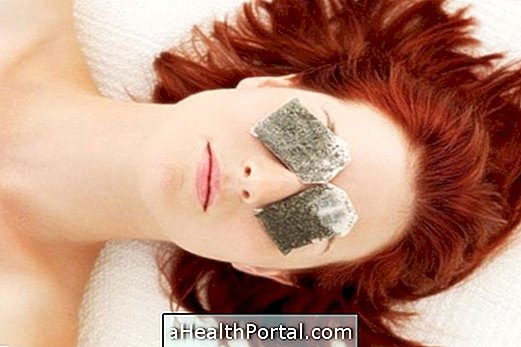
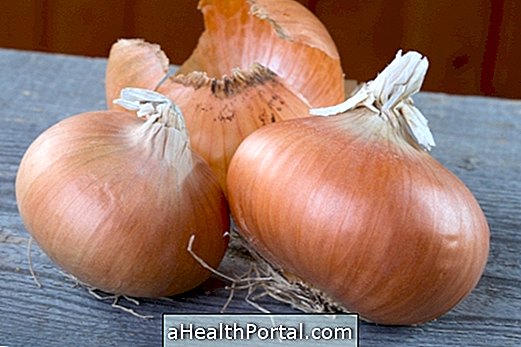


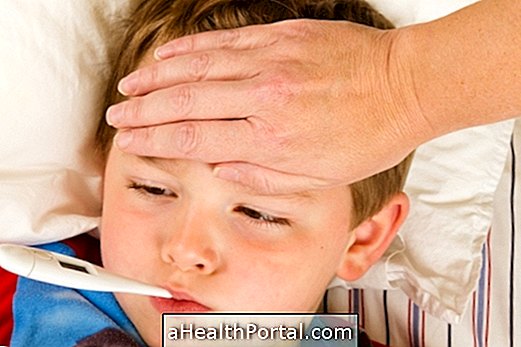
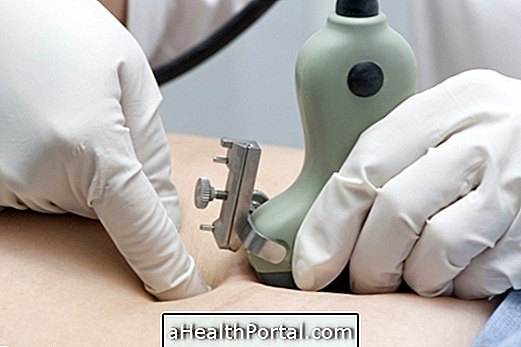


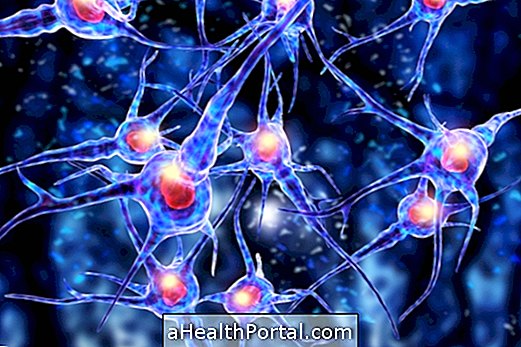
/como--feito-o-tratamento-para-coronavrus-(covid-19).jpg)

